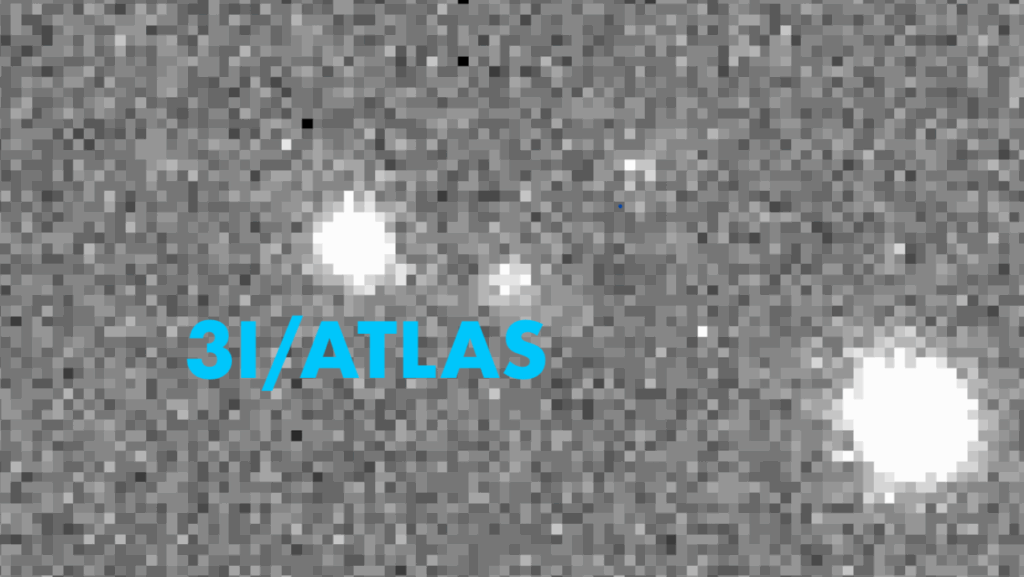Chemical Evolution During The Formation Of A Protoplanetary Disk

The aim of this study is to investigate the chemical evolution from the prestellar phase to the formation of the disk, and to determine the impact that the chemical composition of the cold and dense core has on the final composition of the disk.
We performed 3D nonideal magneto-hydrodynamic (MHD) simulations of a dense core collapse using the adaptive-mesh-refinement RAMSES code. For each particle ending in the young rotationally supported disk, we ran chemical simulations with the three-phase gas-grain chemistry code Nautilus. Two different sets of initial abundances, which are characteristic of cold cores, were considered. The final distributions of the abundances of common species were compared to each other, as well as with the initial abundances of the cold core.
We find that the spatial distributions of molecules reflect their sensitivity to the temperature distribution. The main carriers of the chemical elements in the disk are usually the same as the ones in the cold core, except for the S-bearing species, where HS is replaced by H2S3, and the P-bearing species, where atomic P leads to the formation of PO, PN, HCP, and CP. However, the abundances of less abundant species change over time. This is especially the case for “large” complex organic molecules (COMs) such as CH3CHO, CH3NH2, CH3OCH3, and HCOOCH3 which see their abundances significantly increase during the collapse.
These COMs often present similar abundances in the disk despite significantly different abundances in the cold core. In contrast, the abundances of many radicals decrease with time. A significant number of species still show the same abundances in the cold core and the disk, which indicates efficient formation of these molecules in the cold core. This includes H2O, H2CO, HNCO, and “small” COMs such as CH3OH, CH3CN, and NH2CHO.
A. Coutens, B. Commerçon, V. Wakelam
Comments: Accepted in Astronomy & Astrophysics, 44 pages, 36 figures
Subjects: Solar and Stellar Astrophysics (astro-ph.SR); Astrophysics of Galaxies (astro-ph.GA)
Cite as: arXiv:2010.05108 [astro-ph.SR] (or arXiv:2010.05108v1 [astro-ph.SR] for this version)
Submission history
From: Audrey Coutens
[v1] Sat, 10 Oct 2020 22:12:00 UTC (46,369 KB)
https://arxiv.org/abs/2010.05108
Astrobiology








